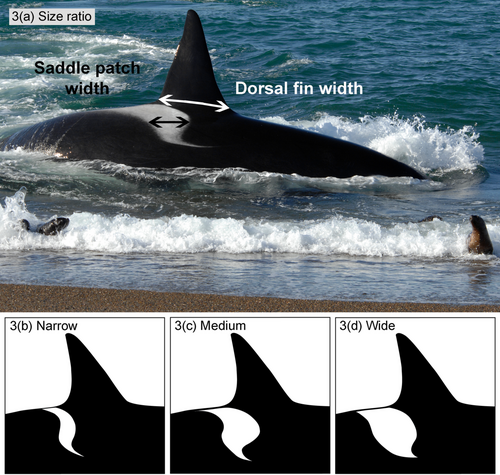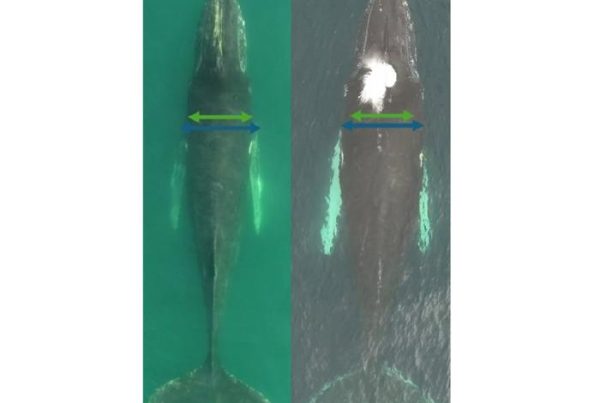
A new study has taken a deep dive into the world of orca markings, focusing on the grey “saddle patch” located behind their dorsal fin. Researchers from across the globe collaborated to analyse nearly 4,000 individual orcas, documenting variations in the shape and size of these distinctive patches. The findings reveal that while saddle patches are a common feature among orcas worldwide, their specific characteristics differ significantly depending on the orca’s geographic location.
The study identified that the “smooth” saddle patch shape is the most prevalent globally. However, certain populations, particularly those in the Pacific Ocean, exhibit a much wider range of shapes, with up to five different variations observed. Furthermore, the research highlighted that orca in New Zealand tend to have the narrowest saddle patches, while those inhabiting the waters near the Crozet and Falkland Islands display the widest.
These variations in saddle patch characteristics provide valuable insights for scientists seeking to differentiate between orca populations. This is particularly important for conservation efforts, as it allows researchers to track orca families, understand their migration patterns, and identify previously unrecognized populations that may require specific protection measures. By employing non-invasive methods, such as photo identification, scientists can gather crucial data without disturbing these magnificent marine mammals. This research underscores the importance of recognising the unique characteristics of each orca and emphasises that continued study is vital to ensuring their long-term survival in our oceans.


